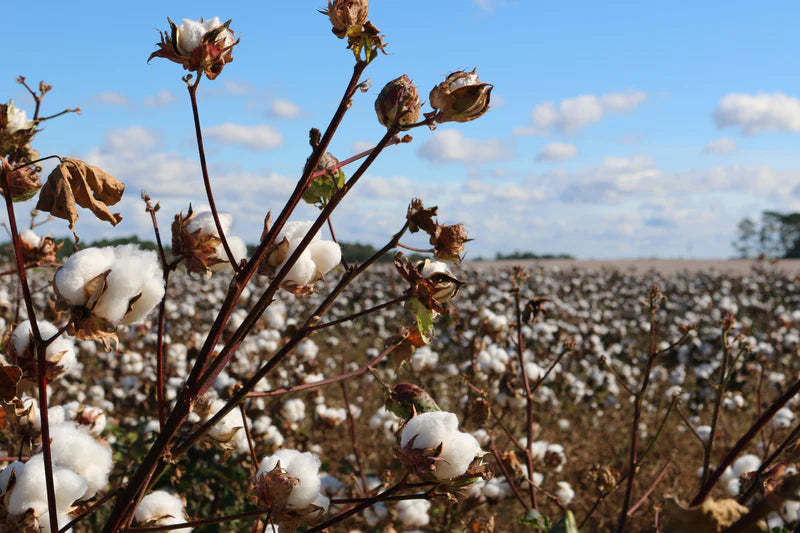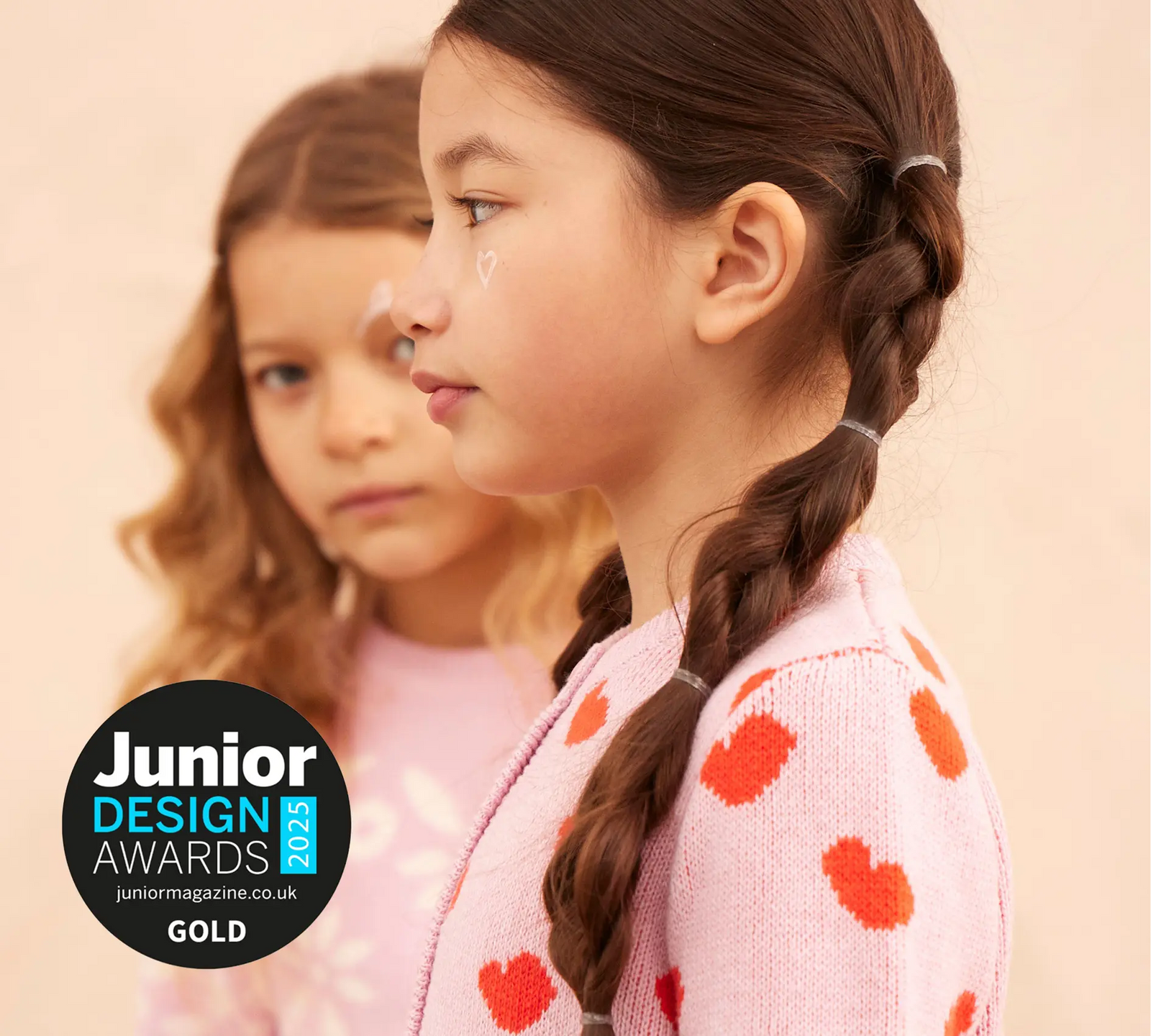Sustainable Kids Fashion
The fashion industry is evolving, with a growing demand for sustainable practices. As organic cotton becomes an emblem of responsible fashion, we delve into the future of the industry with a focus on the kid's clothing niches.
I'm a big fan of organic clothing for kids because it feels like I'm wrapping them in a hug from Mother Nature herself. The fabrics are so soft and breathable, making it perfect for their sensitive skin.
And let's not forget the eco-friendly aspect! Knowing that the clothes are made without harmful chemicals gives me peace of mind. It's like I'm doing my small part to give my kids a healthier future while also caring for the planet they'll inherit.
We will also examine the seismic shift towards sustainable fashion, the rising role of organic clothing, and how business models are adapting to meet consumer needs.
The Emergence of Sustainable Fashion
Sustainable fashion has moved from being a niche trend to a defining element of the modern fashion industry.
Leading brands, as well as kid's fashion entities like us, and emerging labels alike are committing to sustainability efforts, recognizing the dual environmental and business benefits.
It seems that in 2023 we are all responding to consumers' increasing desire for environmentally friendly garments and an industry-wide mandate to reduce the carbon footprint.
Organic cotton sits at the helm of this transformation. Harvested without the use of pesticides, this natural fiber offers a more eco-friendly alternative to conventional cotton. Organic cotton clothing presents a win-win for both the consumer and the planet, offering soft, durable apparel while minimizing environmental harm.
Eco-friendly clothing for children is becoming more popular as more parents recognize the need of establishing values of sustainability and environmental responsibility in their children from a young age.
This trend is also fueled by the realization that organic and eco-friendly children's clothing not only helps to reduce environmental impact but also provides better comfort and safety for children because they are free of harmful chemicals commonly used in conventional clothing production.
Organic Clothing: A Game Changer
The demand for organic cotton, and consequently organic clothing, is on the rise.
Clothing brands are turning to organic and eco-friendly materials to produce high-quality, attractive goods while reducing their environmental impact. An example of this are the outdoor clothing brands; they've been at the forefront of this transition, using organic cotton in everything from hoodies to athletics.
Organic clothing also appeals to customers' increased concern about the environmental impact of fashion. Organic products are becoming increasingly popular among consumers, who recognize their importance in promoting a more sustainable future. Customers may promote improved working conditions, reduce waste, and limit the use of hazardous chemicals in cotton production by purchasing organic cotton over conventional cotton.
Future of Sustainable Fashion: Business Models and Demand
To meet the rising demand for organic fabrics, fashion companies are reshaping their business models.
The circular economy, a paradigm that promotes recycling and responsible consumption, is gaining popularity. Companies are also increasing supply chain transparency, providing consumers with information about where and how their clothes are manufactured.
Notable industry players, such as Patagonia, which is known for its environmental efforts, have paved the path for the industry's future. Their business model, which prioritizes sustainable materials and fair trade procedures, represents the possible trajectory of the fashion market.
Recycling is another crucial element shaping the future of sustainable fashion. Many sustainable brands are now producing clothing lines made from recycled materials, including plastic bottles.
My wife's family has been in the cashmere wholesale business for many generations, and we at Mika & Milo firmly believe in the importance of reducing our emissions as well as promoting and investing in organic kid's clothing.
Let's take a look at the some interesting data that backs up what this article is saying.
| Data Point | Source | Statistic |
|---|---|---|
| Water Consumption, CO2 Emissions, Waste Production | Global Fashion Agenda | By 2030, water consumption to increase by 50%, CO2 emissions to rise by over 60%, and waste production to rise by 60%. |
| Consumer Consideration for Sustainable Materials | McKinsey's 2022 report | 67% of consumers consider the use of sustainable materials to be an important factor when deciding on a brand or product. |
| Willingness to Pay Premium for Sustainable Products | McKinsey's 2023 report | Approximately 60% of Gen Z and Millennials are most willing to pay a premium for sustainable products. |
| Resale Market Projection | ThredUp | The secondhand market is projected to reach $64 billion by 2024 in the US alone. |
| Potential Annual Unlock from Addressing ESG Issues | Boston Consulting Group and the Sustainable Apparel Coalition | Addressing environmental, social, and governance issues could unlock some $20 billion to $30 billion annually across the fashion industry. |
| Consumer Consideration for Sustainability | CGS Study | Over two-thirds of consumers consider sustainability when making a purchase and are willing to pay more for sustainable products. |
| Brand Disclosure of Suppliers | Fashion Revolution's 2022 Fashion Transparency Index | There has been a 22% increase in the number of brands disclosing their suppliers. |
The Future is Organic: A Sustainable Outlook
The hopeful projections for the future of environmentally friendly fashion are encouraging. In the world that came after COVID-19, there has been heightened attention on sustainability, and fashion businesses have made clear commitments to adopting greener practices.
The market for organic cotton is anticipated to expand as a result of increased consumer demand and measures taken by industry stakeholders. As we look at the year 2030 and beyond, organic cotton, recycling, and environmentally responsible business methods are likely going to be the cornerstones of the industry. This will ensure that fashion and sustainability will coexist in the future.
To sum up, here are the key takeaways:
- Sustainable fashion is becoming mainstream, largely driven by consumer demand for eco-friendly, organic clothing.
- Organic cotton is a critical component of sustainable fashion, offering an environmentally-friendly alternative to conventional cotton.
- Fashion companies are revising their business models to meet the rising demand for organic and sustainable products.
- Recycling is becoming an integral part of the industry, with many brands utilizing recycled materials in their clothing lines.
- The future of sustainable fashion looks promising, with the industry forecasted to lean towards more responsible, eco-friendly practices.





Leave a comment (all fields required)